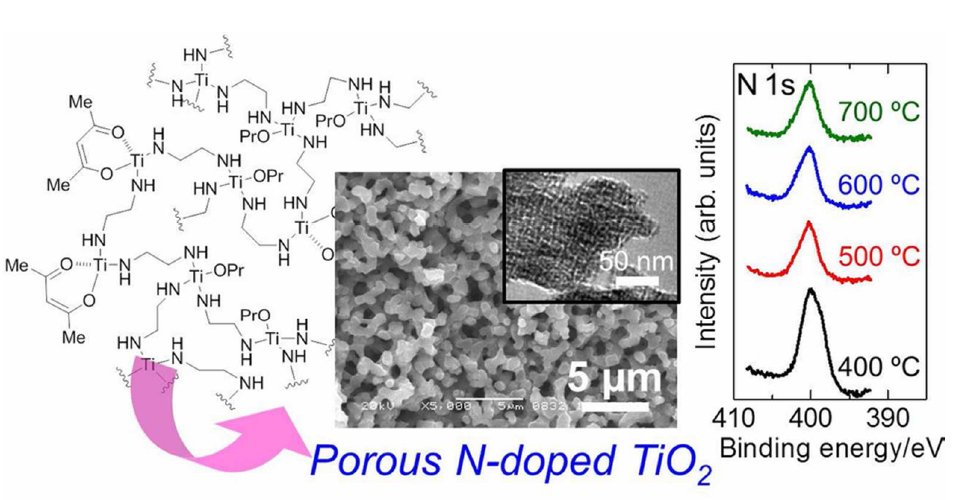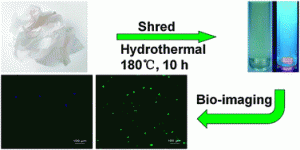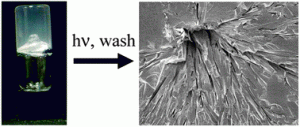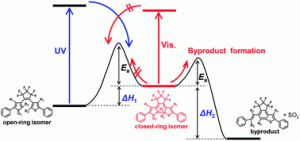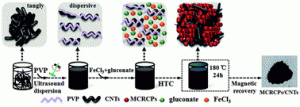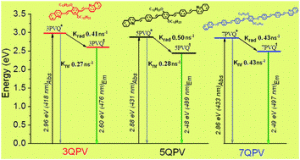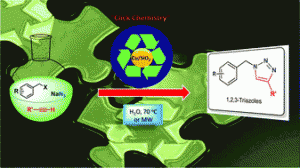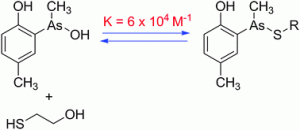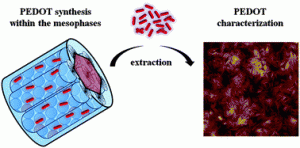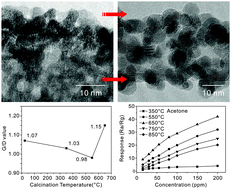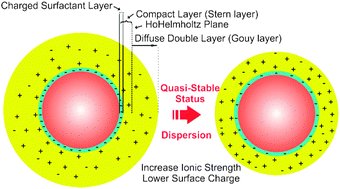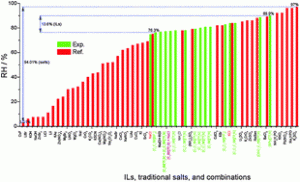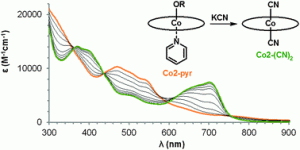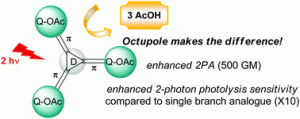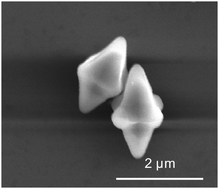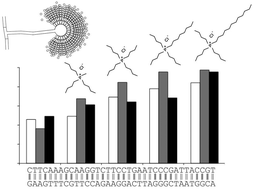Here are the latest Hot Articles published in NJC, selected by the journal editorial team. All are free to access for one month, so why not take your pick and have a read now?
See the selection
Bromine kinetic isotope effects: insight into Grignard reagent formation by Lukasz Szatkowski, Agnieszka Dybala-Defratyka, Charlie Batarseh, Jochanan Blum, Ludwik Halicz and Faina Gelman ; New J. Chem., 2013, Advance Article; DOI: 10.1039/C3NJ00197K, Letter
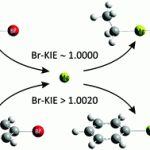
Molecularly imprinted La-doped mesoporous titania films with hydrolytic properties toward organophosphate pesticides by Davide Carboni, Luca Malfatti, Alessandra Pinna, Barbara Lasio, Yasuaki Tokudome, Masahide Takahashi and Plinio Innocenzi; New J. Chem., 2013, Advance Article; DOI: 10.1039/C3NJ00291H, Paper
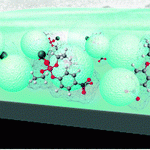
4-Aminoquinoline-1,3,5-triazine: Design, synthesis, in vitro antimalarial activity and docking studies by Hans Raj Bhat, Udaya Pratap Singh, Prashant Gahtori, Surajit Kumar Ghosh, Kabita Gogoi, Anil Prakash and Ramendra K. Singh; New J. Chem., 2013, Advance Article; DOI: 10.1039/C3NJ00317E, Paper
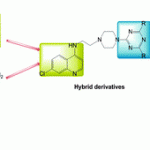
Multi-edge X-ray absorption spectroscopy of thorium, neptunium and plutonium hexacyanoferrate compound by Thomas Dumas, Marie Christine Charbonnel, Iraida A. Charushnikova, Steven D. Conradson, Clara Fillaux, Christoph Hennig, Philippe Moisy, Sébastien Petit, Andreas C. Scheinost, David K. Shuh, Tolek Tyliszczak and Christophe Den Auwer; New J. Chem., 2013, Advance Article; DOI: 10.1039/C3NJ00318C, Paper
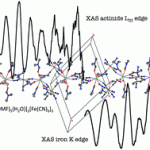
Spiropyran–cholesterol conjugate as a photoresponsive organogelator by Shigehiro Sumiya, Yasuhiro Shiraishi and Takayuki Hirai; New J. Chem., 2013, Advance Article; DOI: 10.1039/C3NJ00322A, Paper
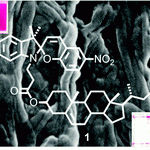
Anion–π interactions in [S4N3]+ rings by Antonio Bauzá, David Quiñonero, Pere M. Deyà and Antonio Frontera; New J. Chem., 2013, Advance Article; DOI: 10.1039/C3NJ00424D, Paper
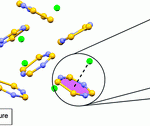
Interested in reading further? These “Hot articles” will be FREE to access for a period of 4 weeks.To stay up-to-date with the latest NJC developments, sign up to its table-of-contents email alert!













